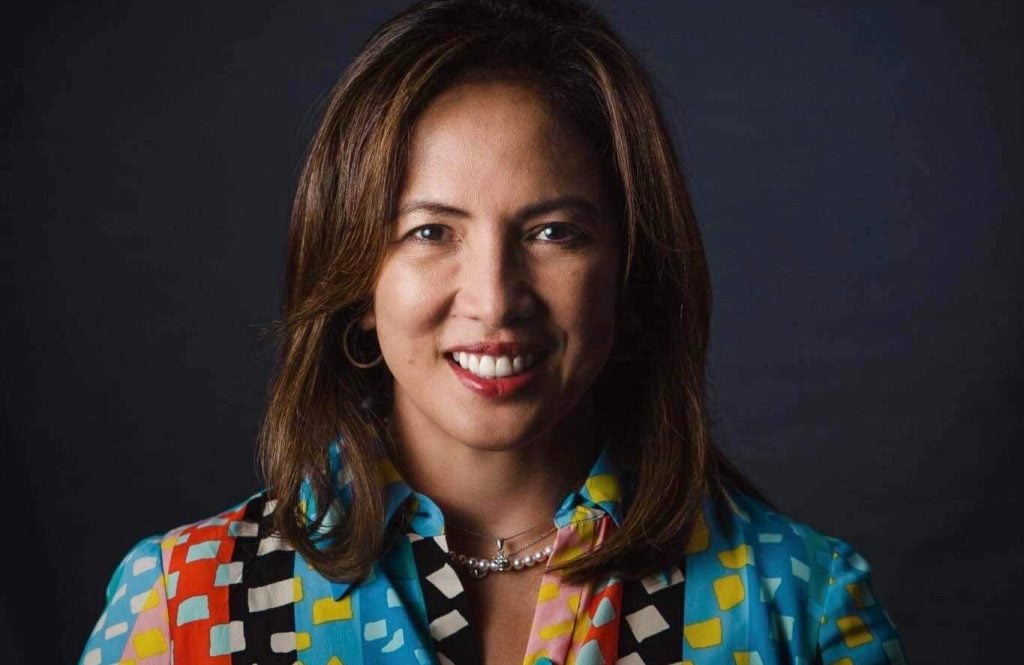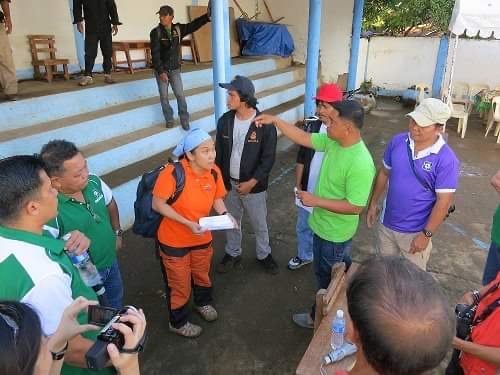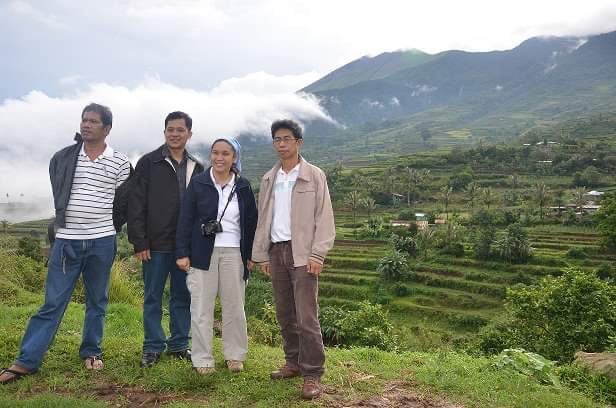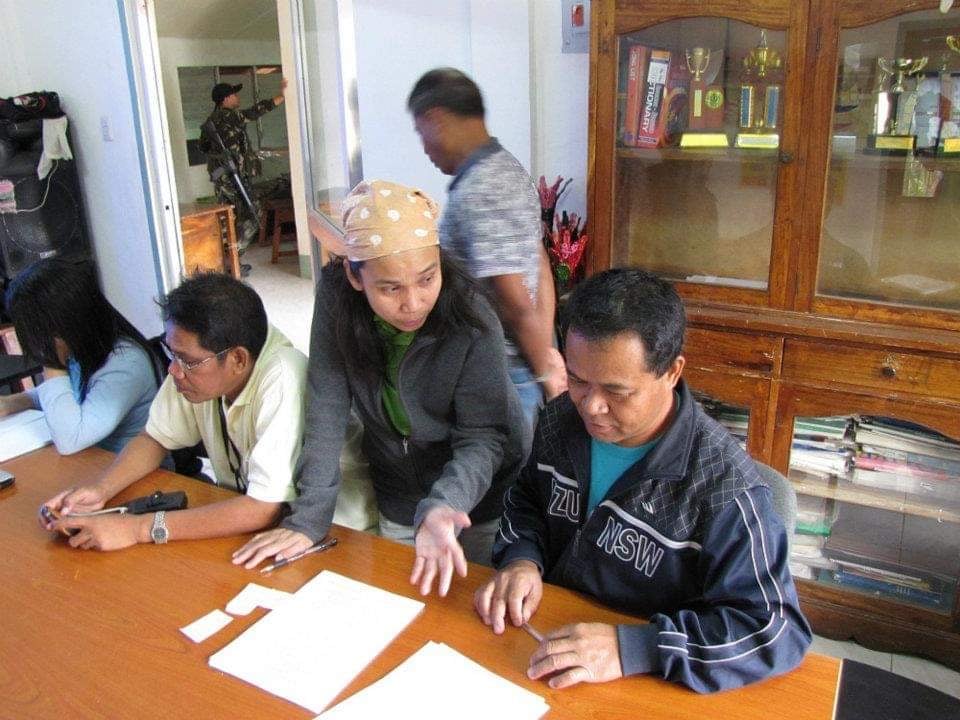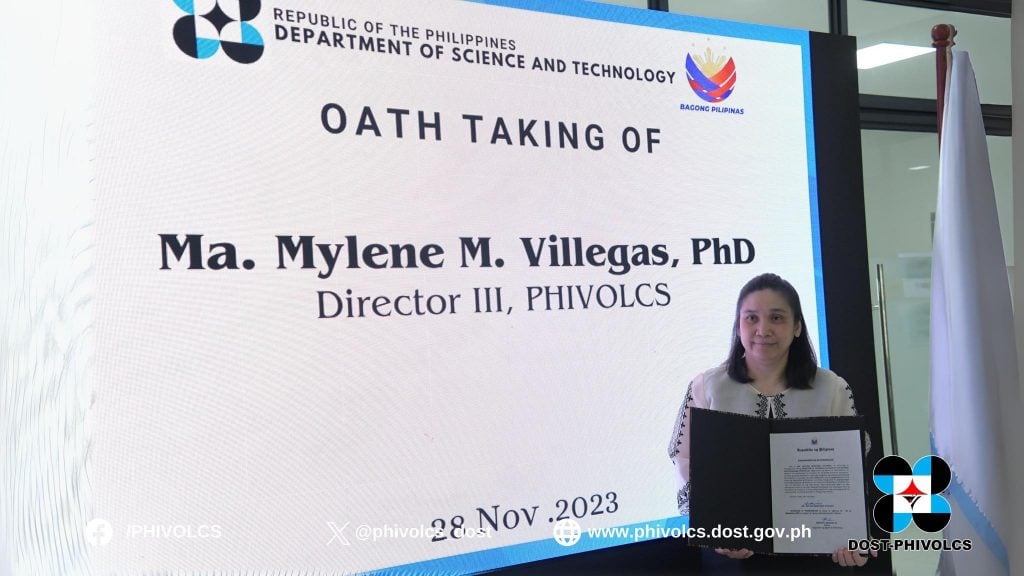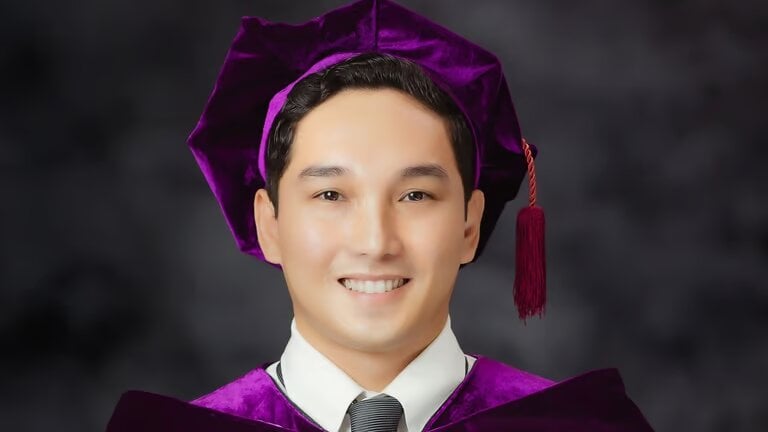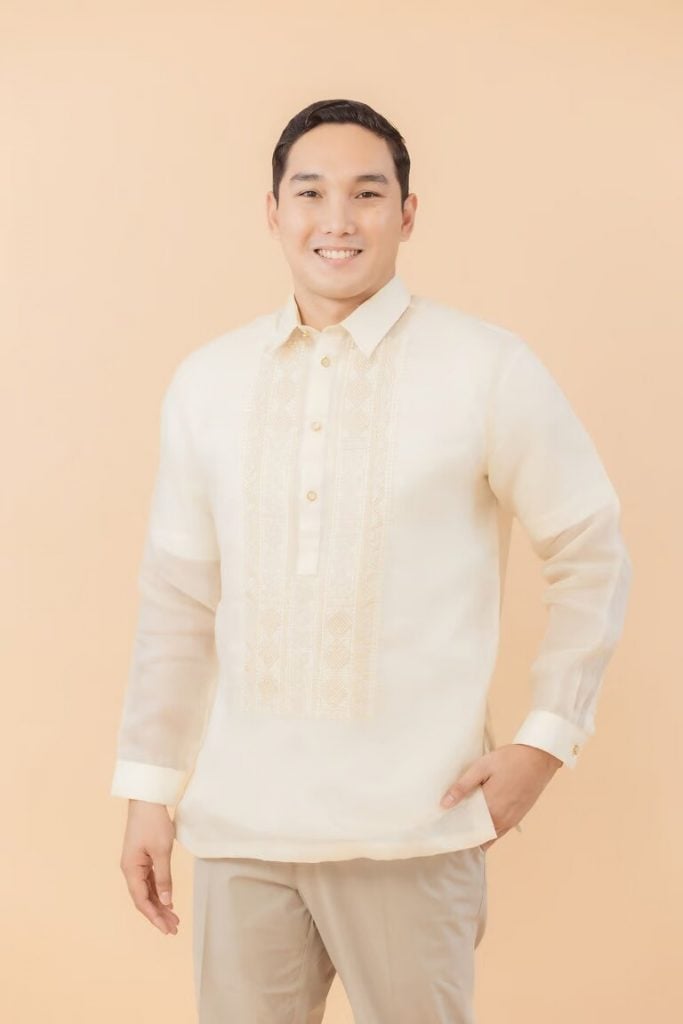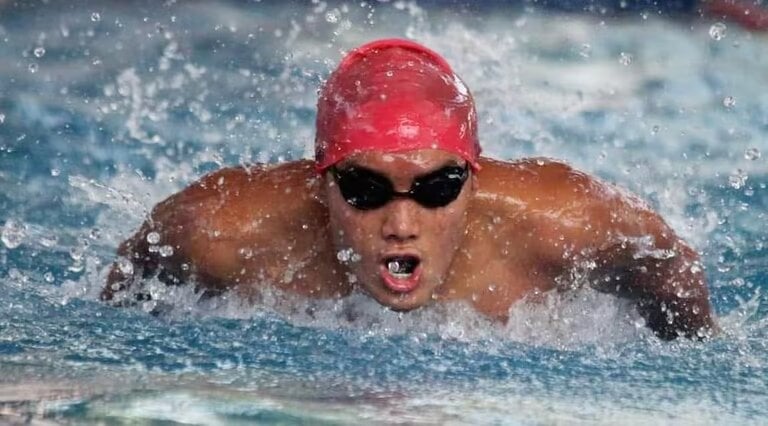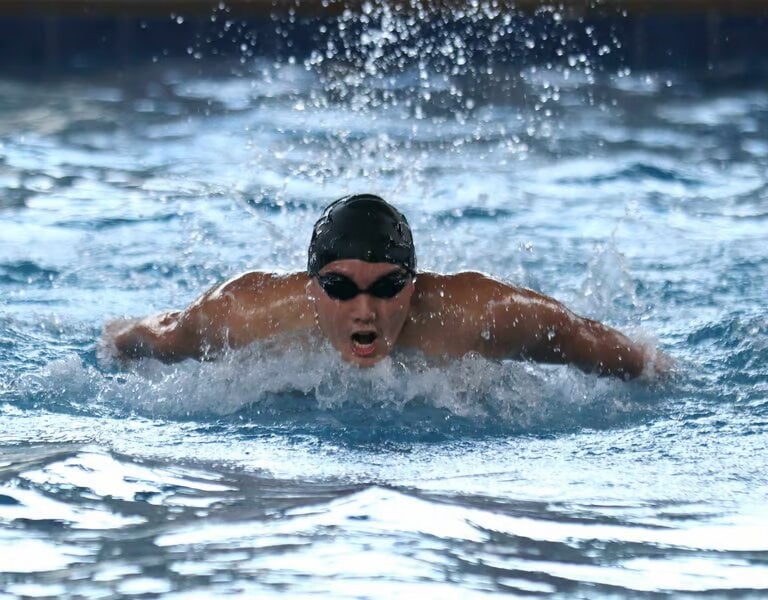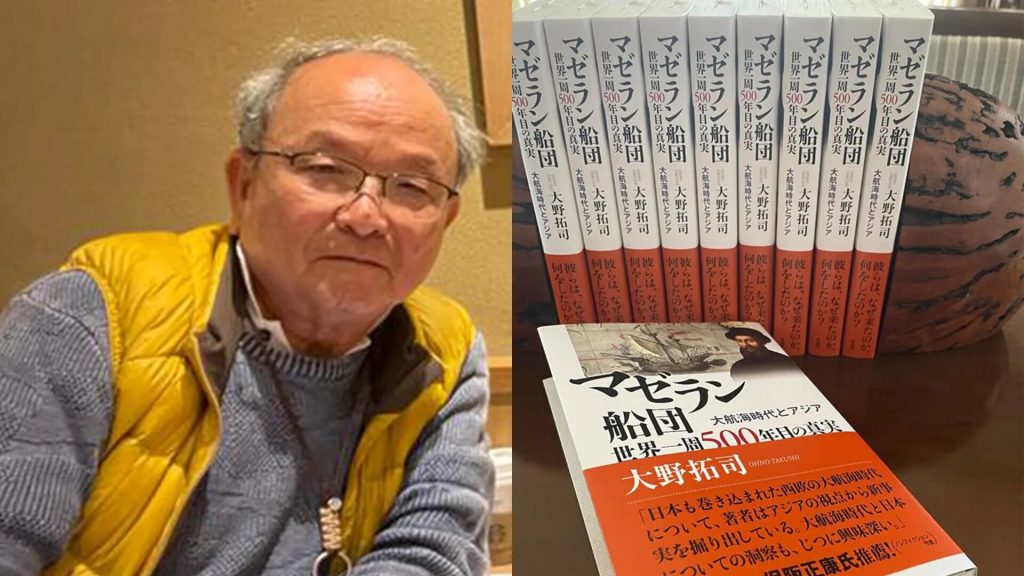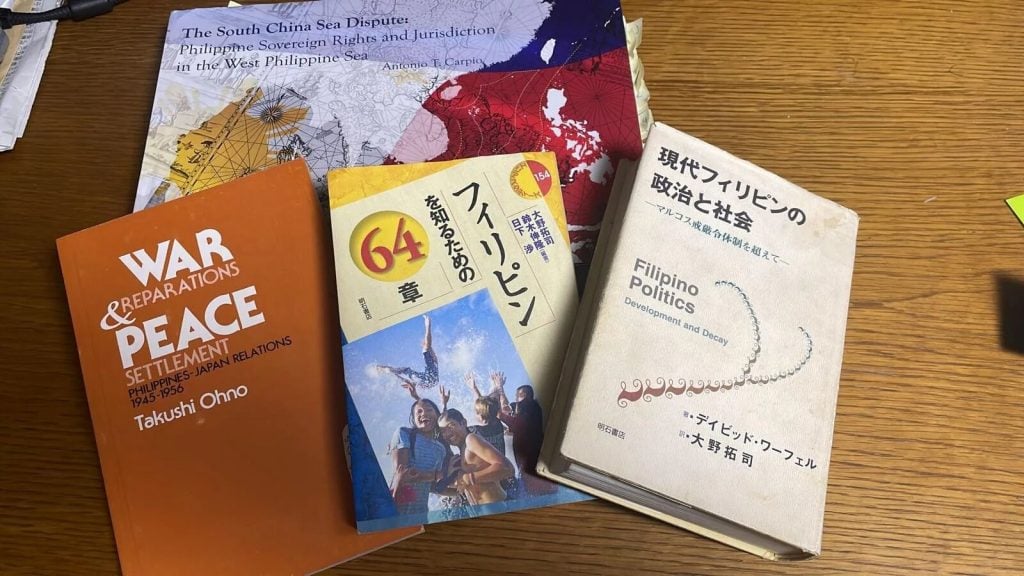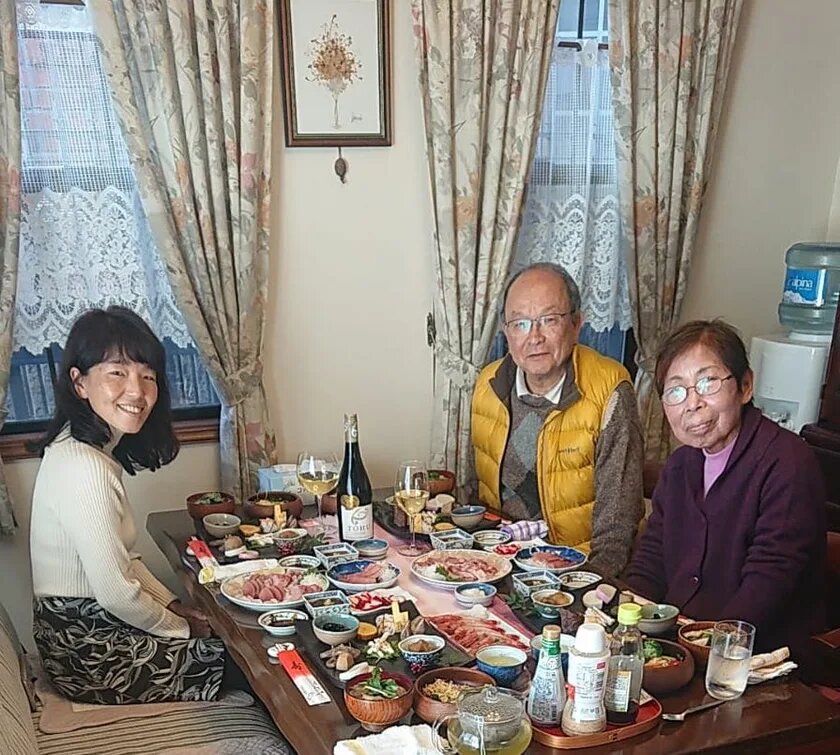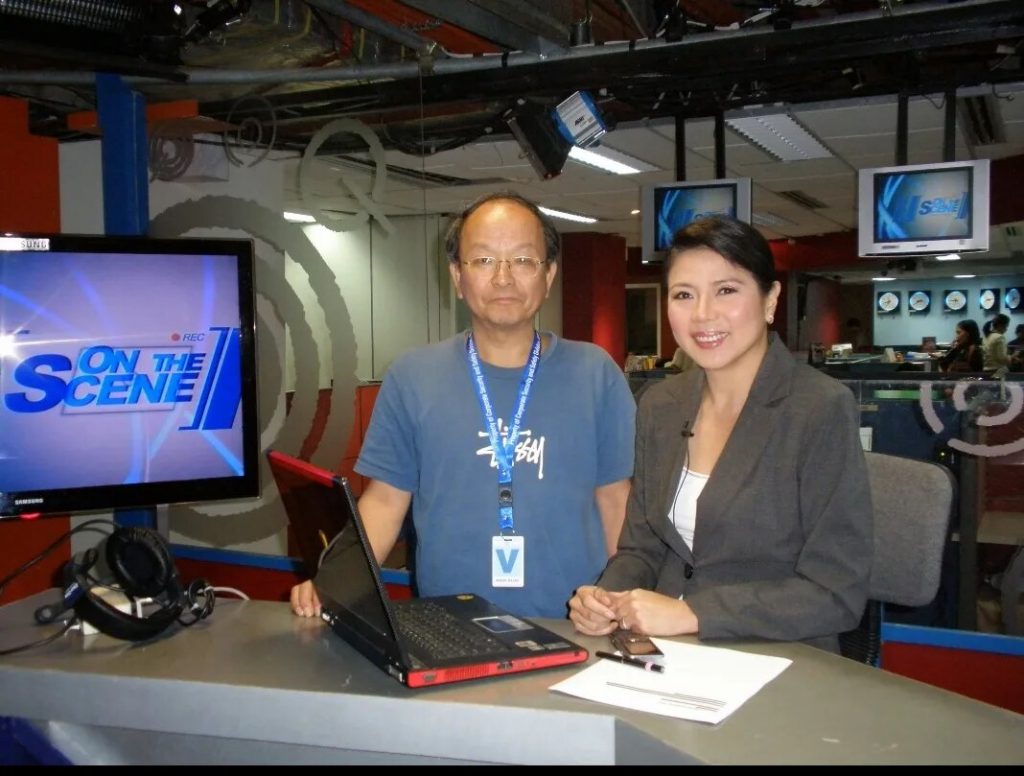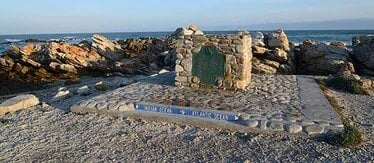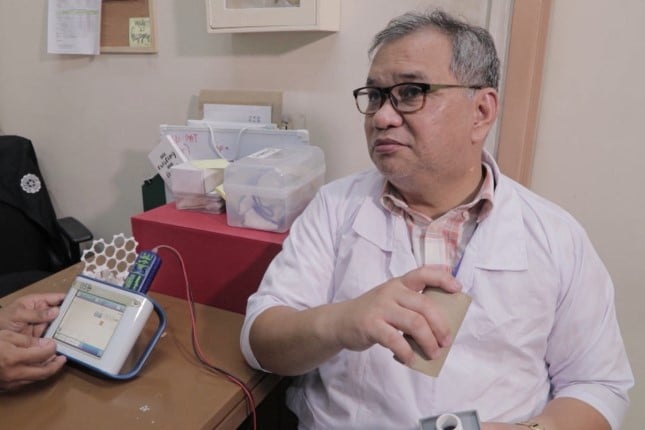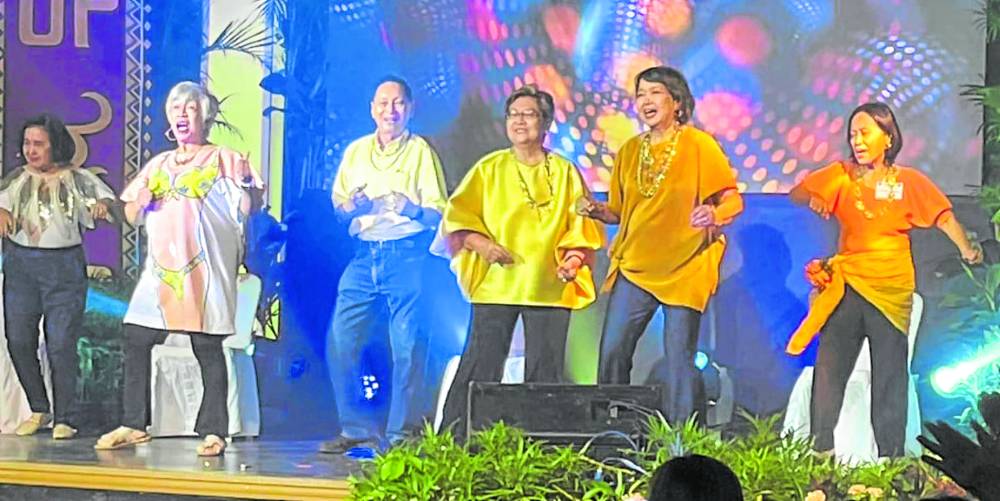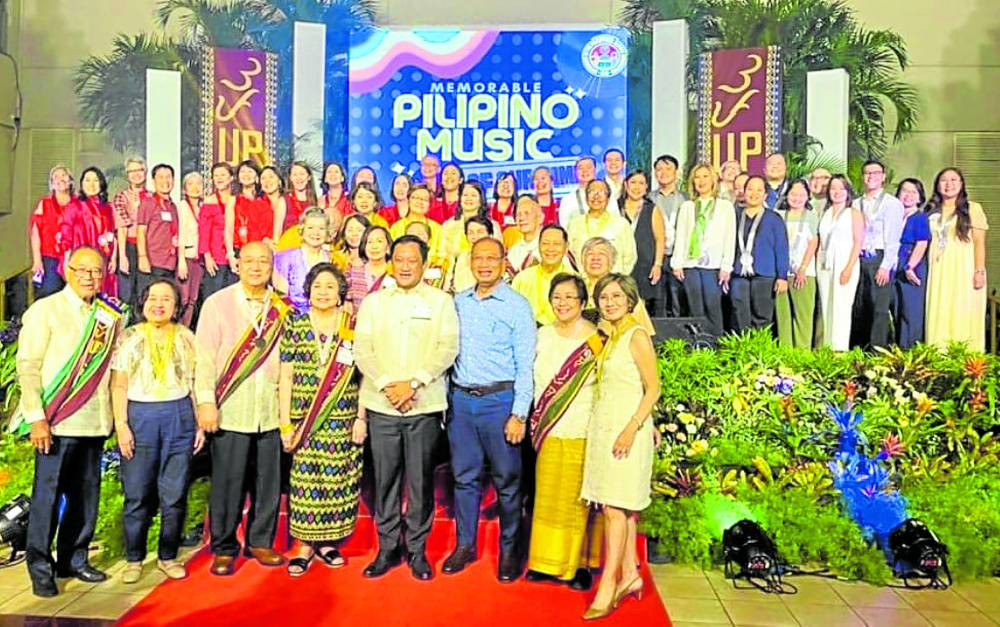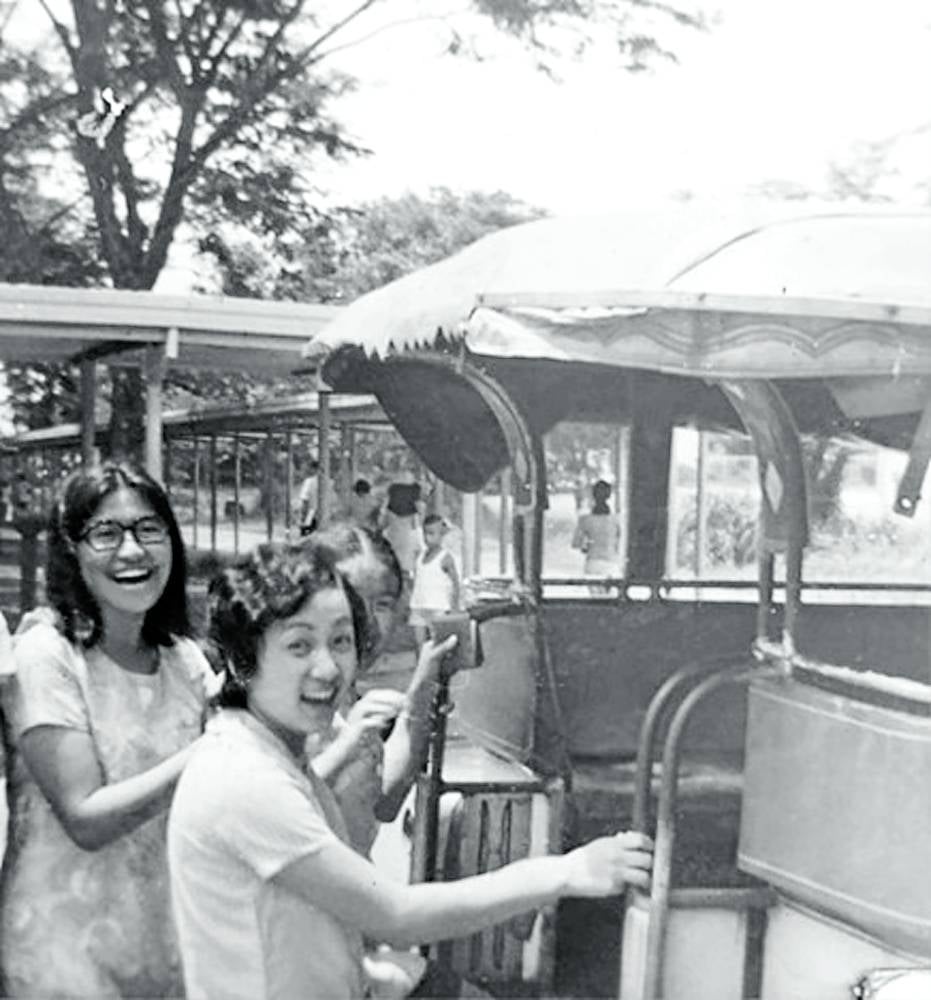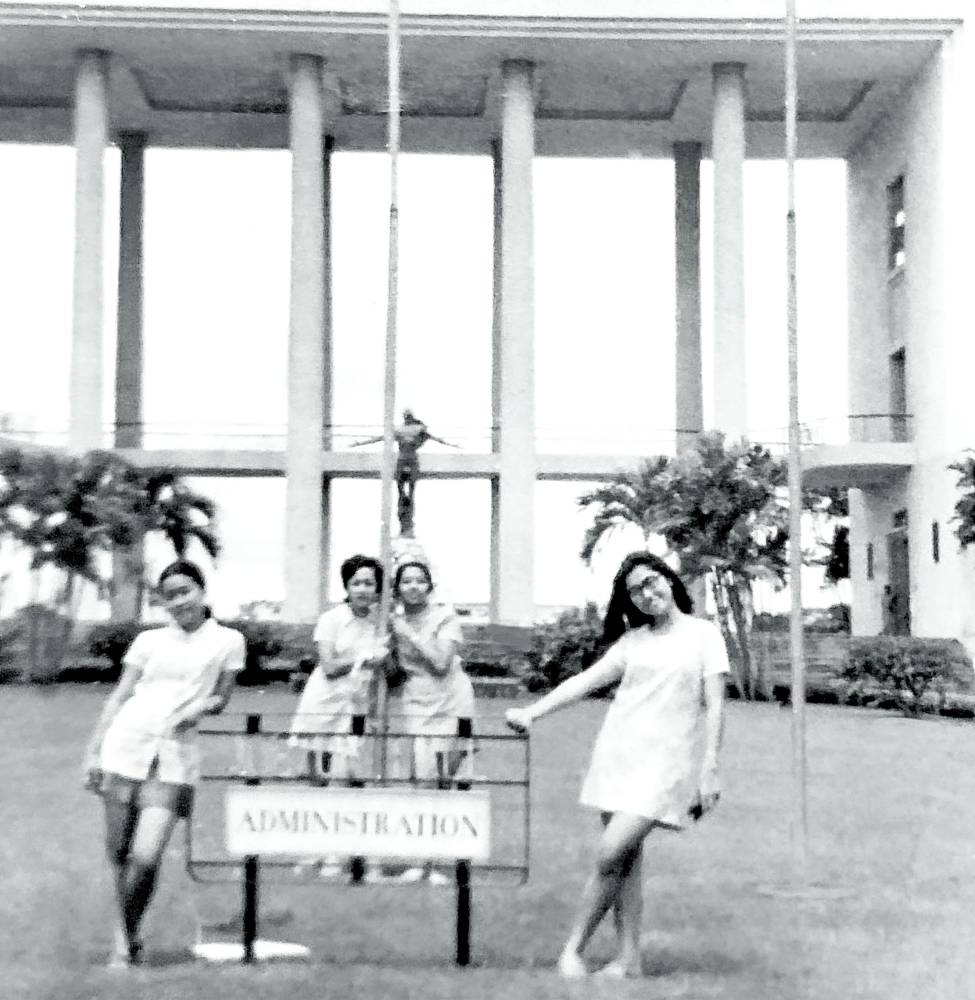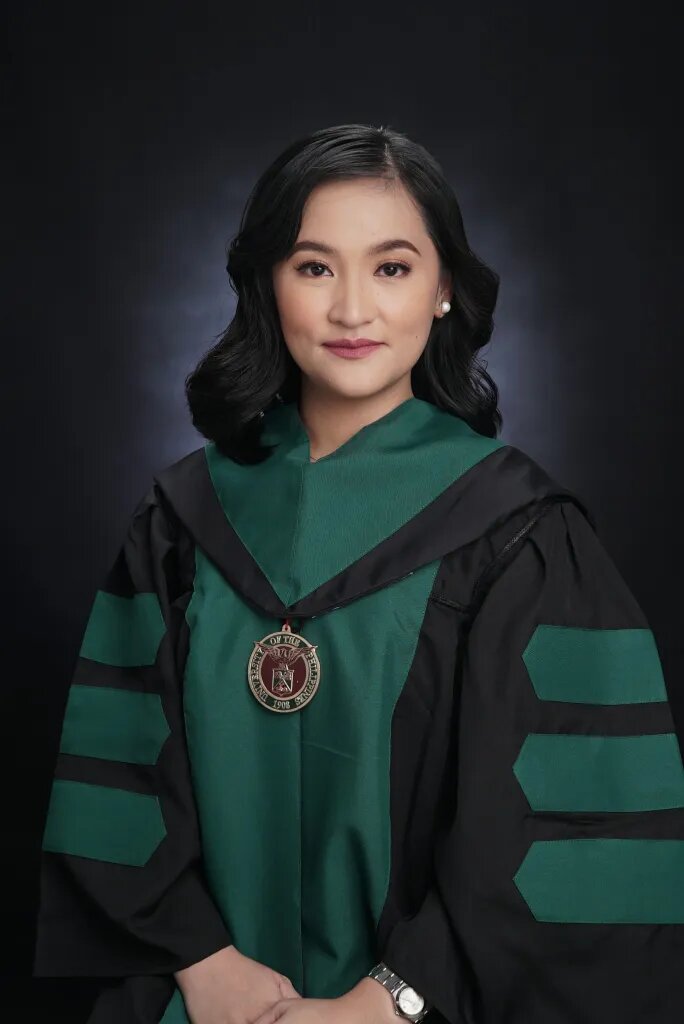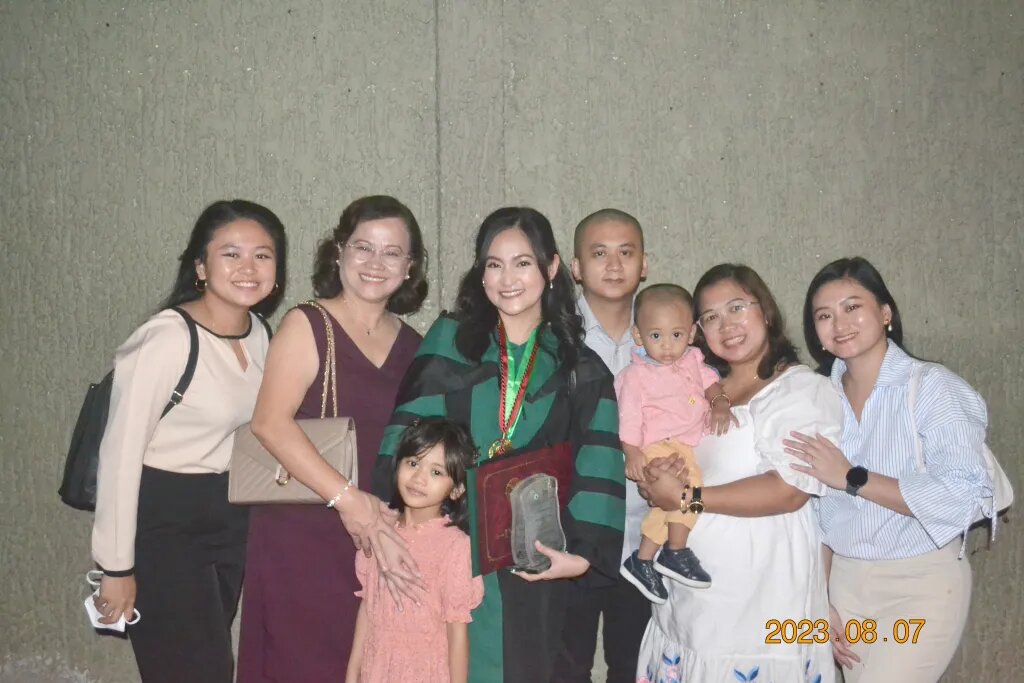John Henry Dodson
Turalba’s words echo the boldness evident in her art. She isn’t afraid to delve into uncomfortable truths, to create pieces that challenge viewers and spark conversation.
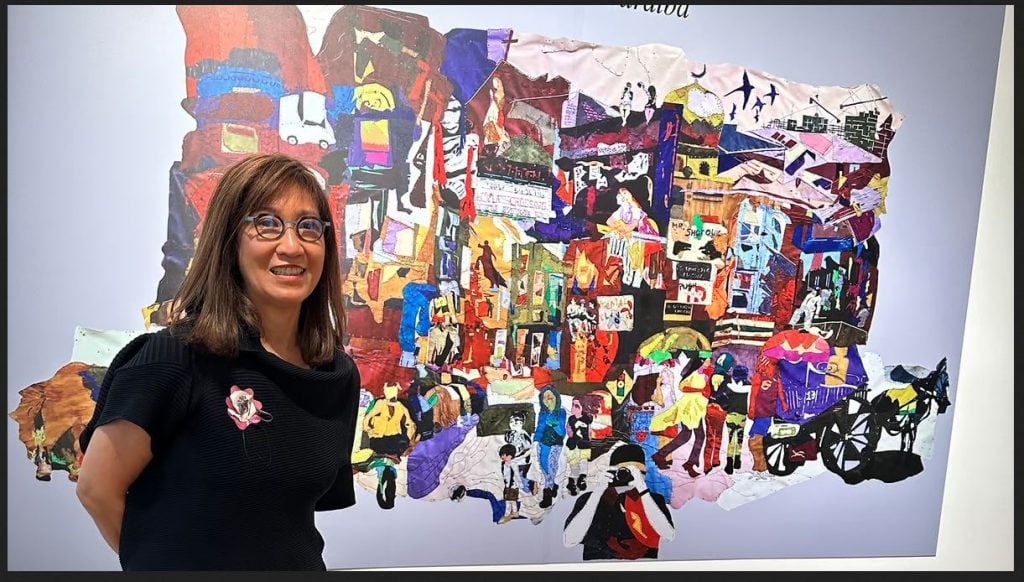
Josephine “Jing” Llamas Turalba isn’t your typical multidisciplinary artist. Her canvases aren’t usually made of linen, and her brushes aren’t dipped in paint at present. Turalba’s medium is memory — trauma woven into tapestries of brass and leather, each stitch of the latter a testament to resilience.
In a recent interview on the digital show Pairfect by Dinah Ventura, Managing and Life Editor of DAILY TRIBUNE, Turalba offered a glimpse into her world, where art confronts the complexities of violence and transforms vulnerabilities into strength.
An exhibit that anchored the conversation was aptly titled “Click. Share. Tag.,” a sprawling assemblage of 10 leather tapestries, each three meters high coming together to form a nearly 10-meter wide canvas. It was a raw space at the Cultural Center of the Philippines that Turalba carved for herself to let people grapple with a myriad emotions, not the least of which is of loss.
But Turalba’s artistic journey — she has her studios in both Manila and Boston — began not with tapestries, but with a brush in hand. Paintings were her initial language, a way to express the emotions that swirled within her.
“When I was about 12 years old, my mom put me in this summer workshop. I think it always starts there. And then I discovered I loved it,” Turalba recalled.
“So I was helping my mom with our business, Marcel’s Jewelry. At the time, we had shops in Glorietta, Shangri-La Hotel and Rockwell. However, there were some changes within the company and I said maybe it’s time that I do my art, my obsession, and which I already began when I was younger. …When the opportunity came up, I took my Master’s in Fine Arts and went into arts.”
Then a turning point arrived — with a sharp, metallic intrusion into her life. The death of her father from four bullets shattered her world. The fear, the confusion, it all coalesced around the very instruments that took her father away
— bullets and their empty shells.
Those gleaming brass casings, harbingers of violence, became Turalba’s unlikely muse. In a cathartic act of defiance, she started pounding them, transforming them into wearable sculptures. Each piece was an armor, a shield crafted from the very things she feared. It wasn’t about glorifying violence, far from it; it was about taking control, about neutralizing the fear’s crippling hold on her.
“I couldn’t control the emotions and what was happening and what I was feeling within, but this, I can control, I neutralized the psychological hold.
“And whom am I going to blame, can I blame? Can I blame the weapon? But, you know, after all this, it’s really not the weapon. It’s really the person who pulls the trigger, right? So it’s still us as human beings,” mused the artist.
“I would say, as an artist… we, as artists, we always push boundaries,” Turalba elaborated on her creative philosophy. “We always try to make work that goes beyond the limits. And so, in any society, maybe some people will say you’re not ready, the society is not ready, but who can really tell who’s ready and who’s not? I mean, the work of the artist is really to go beyond the limit…”
The bullet shells, however, weren’t the only material whispering stories to Turalba. Leather, a symbol of protection and control, entered her repertoire as she embraced the world inhabited by her husband, architect Antonio “Toti” Turalba, a competitive shooter. And so off to gun shows they did, where leather gun holsters made her realize the potential of leather as an artistic material.
Likewise, her travels abroad became another source of inspiration. The ubiquitous selfies of the time, the frenetic tagging on social media — all these seemingly disparate elements found a home in her tapestries woven from these experiences. In all, her art is a commentary on the fleeting nature of connection in a digital age, a world where experiences are reduced to clicks and tags. But beneath the surface lies a deeper layer — the leather, once a symbol of control, now binds the narrative of her past, transforming it into a story of resilience.
Turalba’s words echo the boldness evident in her art. She isn’t afraid to delve into uncomfortable truths, to create pieces that challenge viewers and spark conversation. This is perhaps best exemplified in an ongoing project that tackles a sensitive issue — the territorial disputes in the South China Sea.
“Yeah,” Turalba continued, her voice animated, “and I made some parachutes. I made…a big parachute and small parachutes. And then I was discussing the issue of China building on our islands at the time and nobody was taking note, it was only Justice (Antonio) Carpio, who was pushing it.”
“But at the time… nobody was paying attention, except Justice Carpio, who filed that case. And we won. So it really bothered me. The idea that we’re being bullied — I think that’s primal within me, like somebody taking advantage of the other,” she added, referring to the 2013 case filed by the Philippines against China before the Permanent Court of Arbitration based in The Hague.
In 2016, the court would confirm the Philippines’ entitlement to its exclusive economic zone in the West Philippine Sea and junk China’s claim to nearly the entire South China Sea.
Away from geopolitics, Turalba has incorporated a new perspective — hydrofeminism. “However I want to, I’m now injecting a new thread,” she explained. “I’m injecting the, what they call the hydro-feminist point of view, which ‘explores the connections between women, water and power.’”
“First the feminist you know, the voice of the marginalized. Then, the hydro-feminism, which asks you to think about you — us as human beings,” she explained. “But from the point of view of being water given that we are, how many percent 70 to 80 percent water?”
Turalba’s art is a visceral exploration of the human condition. It’s a testament to the power of art to heal, to confront darkness and stitch together hope from what would be despair to others.
Source: https://tribune.net.ph/2024/06/02/jing-turalba-multifaceted-multidisciplinary

